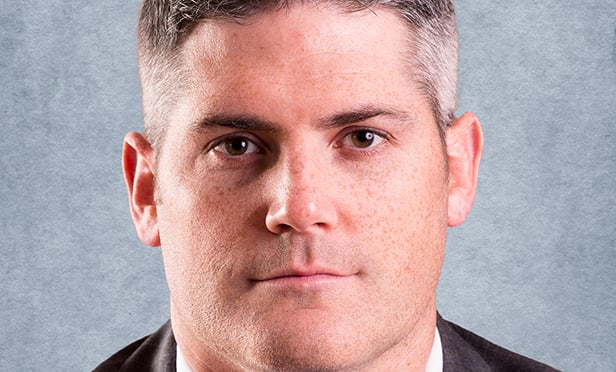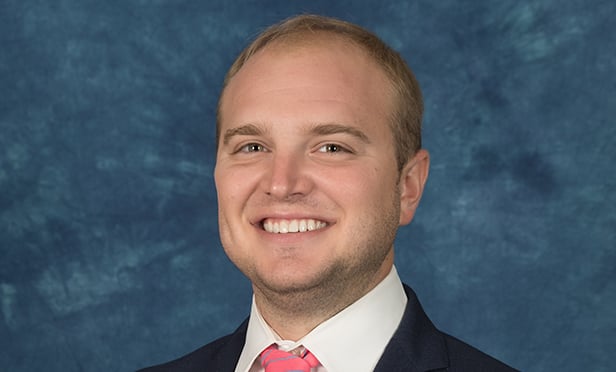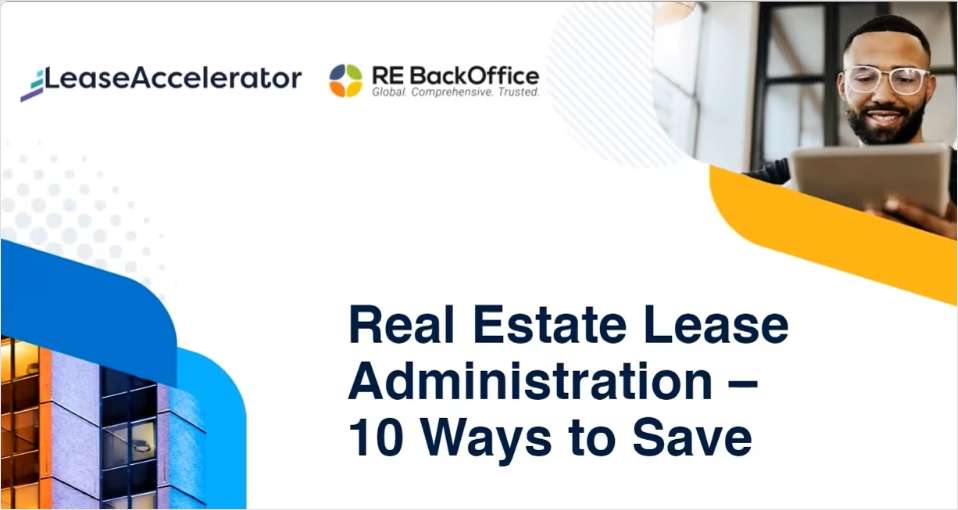HOUSTON—What drives office demand, and what's the outlook for the future?
These questions and more were answered in the first session of the second day, "Journey to the Center of America: Office Markets Beyond the Core," at GlobeSt.com Thought Leader NAIOP's inaugural O.CON: The Office Conference, held at the JW Marriott Galleria.
Moderated by James Cook, national director of analytics at Xceligent, the panelists included Ernest Brown IV, managing director, Kennedy Wilson; Scott Madsen, principal, Capacity Commercial Group; and Ned Purtell, partner, RFP Commercial.
Cook “tested” assumptions about secondary office markets in the lively session, many of which are correct, he said, like the notion that cap rates are lower in primary markets.
Another assumption, that average wages are higher in primary market, however, was disavowed. For instance, the median annual wage is higher in Minneapolis than it is in Chicago.
Madsen spoke about his market, Portland, offering details about the city and what makes it so desirable, second only to Austin in millennials moving there.
“It's created a dynamic where we've seen rents increase—we've raised the rates five bucks a foot in these buildings,” Madsen said. “There's a lot of growth, traction and velocity happening there.”
Purtell spoke about Milwaukee, and its residential shift from the suburbs to downtown. This affected the office market, too.
San Antonio, Brown said, used the analogy of the tortoise and hare.
“San Antonio has always been the tortoise to the hare that is Austin,” Brown said. “What's interesting is to understand the difference between San Antonio and Austin.”
Comparable office space is $20 to $25 per square foot in San Antonio, versus Austin's $40 to $45 per square foot; this makes San Antonio's office market “robust.” Also, the city's current unemployment rate is 3.7% versus the state's 4.2% average, and 28,000-plus jobs are being created in the city this year.
Madsen spoke about the company Airbnb and its interest in obtaining office space in Portland.
“They wanted to bring 1,000 to 2,000 people to Portland, but the city did not have the supply of space for them,” he said.
Also intriguing, the company did not need any parking: the majority of its employees bike to work.
© 2024 ALM Global, LLC, All Rights Reserved. Request academic re-use from www.copyright.com. All other uses, submit a request to [email protected]. For more information visit Asset & Logo Licensing.








